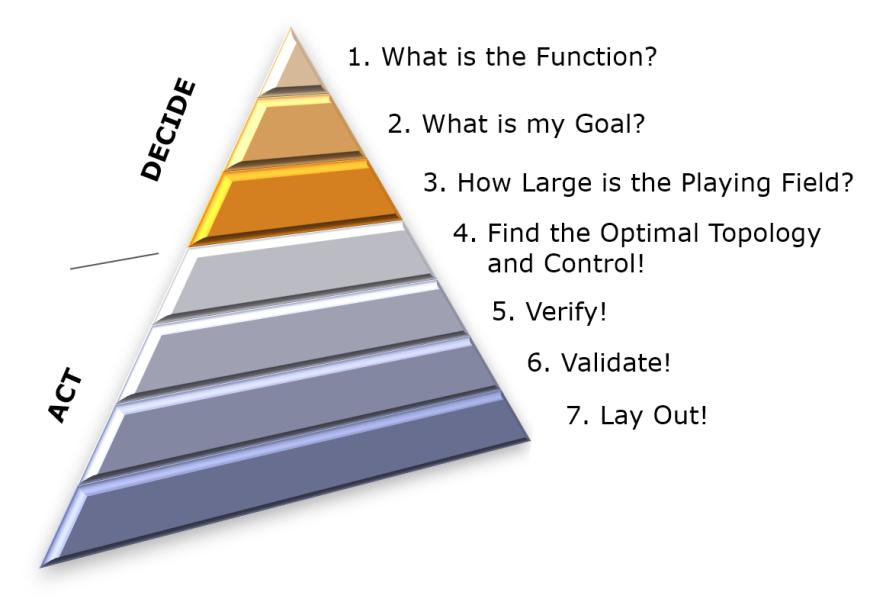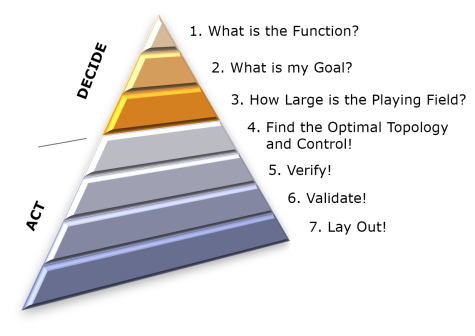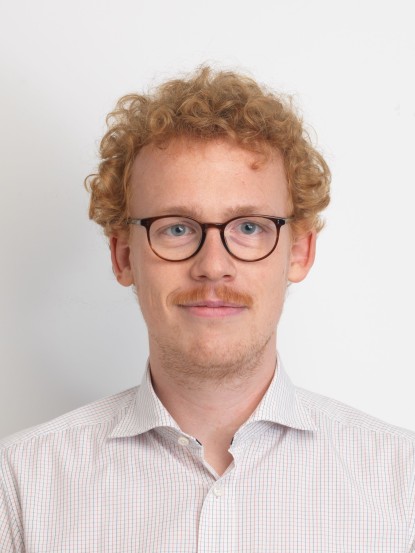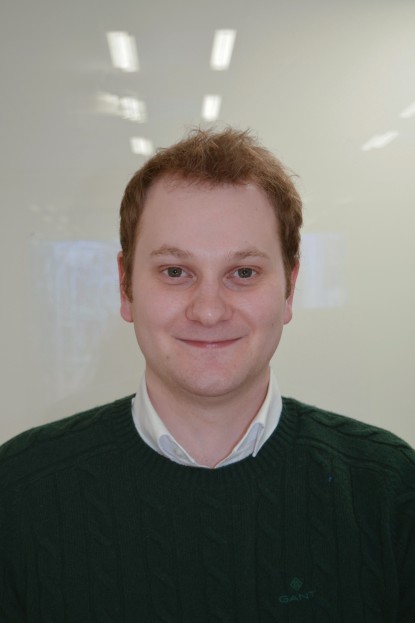Organisational matters
| TUCan |
Lecture16-10-5250-vl Technical Operations Research Exercise16-10-5250-ue Technical Operations Research |
| Course | Master 4 CP – compulsory area II |
| Semester | winter |
| Lecturer | Prof. Dr.-Ing. Peter Pelz & Marvin Meck |
| Examination | written examination & group project for grade bonus |
| Contact |
Julius Breuer (Lecture) Tobias Meck (Exercise) |
- concept and development of TOR
- optimization model
- linear optimization (i.e. simplex algorithm, duality)
- graph-theoretical foundations
- solution principles of integer and combinatorial optimization
- dynamic optimization
- metaheuristics
- python / pyomo
- modeling and implementation of optimization problems
Description
When synthesizing technical systems, engineers are often confronted with high complexity: components have to be chosen, combined, as well as operated to ensure the system’s function. Thereby, the function should be fulfilled with the least effort and at the same time maximum availability. The method referred to as Technical Operations Research (see Figure) meets this challenge by applying mathematical optimization techniques. When applying global optimal methods, the optimality of the detected solution can be guaranteed considering the principal “as good as it gets”. This demonstrates the adaptation of methods established in Operations Research to technical issues. The former are applied in economics and logistics already since many year, e.g. for location planning and route design. This method works as decision support for engineers to plan, operate and verify the quality of technical systems.
The aim of the lecture is to familiarize students to the previously described methods to empower them to apply these methods to problems of various fields in mechanical and process engineering. First, mathematical foundations of Operations Research as well as mathematical optimization are introduced. Second considering linear programs, relevant algorithms as well as solution techniques are clarified. Third, continuous variables are complemented with integer and especially binary variables to model discrete decisions as purchase decisions leading to mixed-integer problems. Further, algorithms as branch and bound as well as modeling techniques are illustrated. Therefore, graph-theoretical foundations are laid. Since many technical applications involve non-linear behaviors, piecewise linearization techniques as well as methods to solve mixed-integer nonlinear problems are presented. While focusing on exact solution methods, heuristics as simulated annealing are introduced. In contrast to exact solution methods, heuristics do not guarantee global optimality, yet, they are characterized by shorter computational times and furthermore can be applied for simulation based as well as black box optimization. When considering quasi-stationary or dynamic processes, multilevel optimization programs and dynamic programming have to be applied. Giving real world engineering examples as the design and operation of pressure booster stations, of mechanical gears, and of waste paper treatment plants, the application of optimization as well as modeling tips and tricks for practical implementation are examined.
The lecture is complemented by practical lessons. First, the mathematical aspects are consolidated. Then, the focus is laid on modelling and implementation of optimization problems in python. Thereby, the practical application is trained.
The implementation is done in jupyter notebooks hosted on a jupyter hub, which allows for a straightforward introduction of programming in python, as shown in this example. During the second half of the semester, the students derive, implement, and analyze an optimization program for an application-driven optimization problem in groups of up to 6 students.





